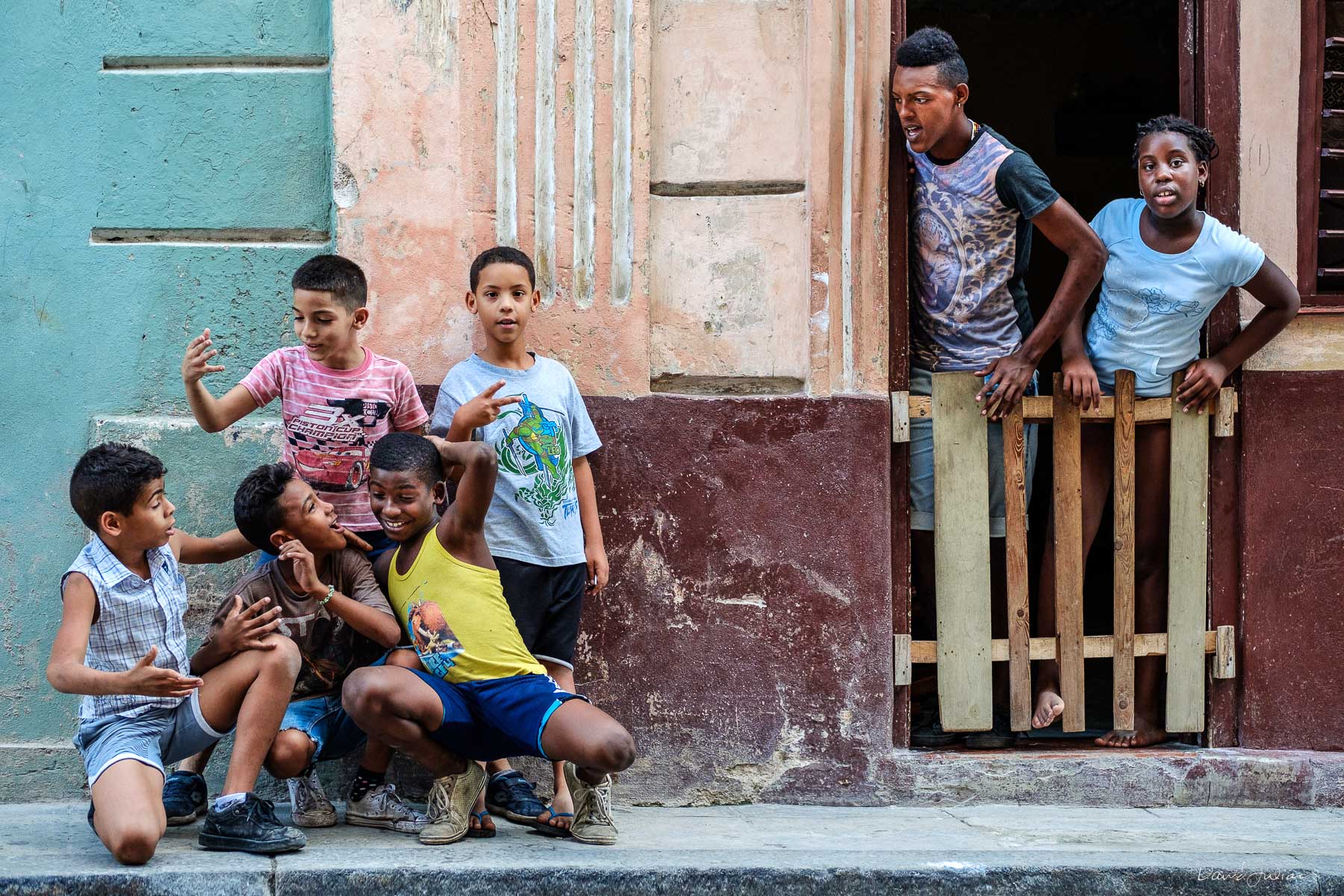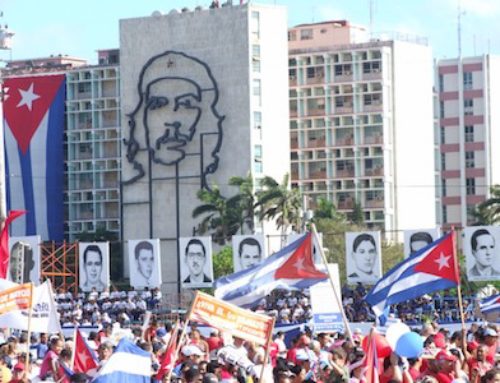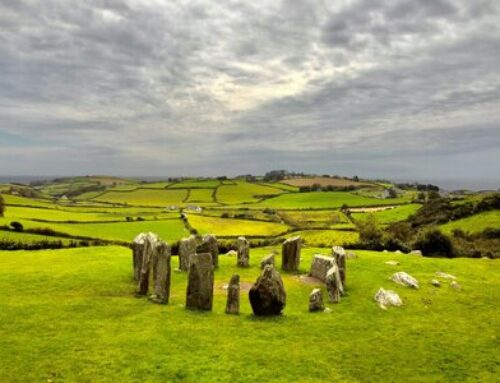“I really know that the best way to be a photographer visiting Cuba is to know that you are helping people feel seen—not just photographed.”
Photographer and longtime AltruVistas collaborator David Julian leads a sold-out Cuba photography tour this week, “The Art and Soul of Cuba: A Guided Cultural Adventure for Photographers, Artists, and Curious Travelers.” We talk with him about returning to international travel after nearly three years of hiatus. Read on to hear his perspective on returning to travel—and Cuba—in 2022!
Hi David! This is your first international group trip since the pandemic began, yes? What’s on your mind as you gear up for this journey? How are you reflecting on the pause in travel we’ve all just been through?
Yes! This will be my first major return to travel. Pre-COVID, I traveled all over doing photography tours: Varanasi, Rajasthan, and other places in India; all throughout Europe; Indonesia; Costa Rica; Alaska; Hawaii; Baja. I’ve done three in-person workshops in Washington State this year, but I haven’t flown anywhere—however, others flew in.
Everyone knows COVID just put a giant stick in the in the spokes of travel, but fortunately, now it’s really opening up in a very big way. Workshops are filling faster than ever, because people are so ready to get back into that world of exploration and experience. Travel just enlarges one’s life faster than anything else can, and I’m very much looking forward to going back to Cuba in particular. It’s one of my favorite places to travel, and working with Malia (AltruVistas’ founder and CEO) has made it so. Her outlook, coordination, attitude, and her purpose of traveling ethically is very much in line with my own.


Within that realm of purpose—what would you like to highlight as important to share with your travelers, and/or with anyone reading this blog?
Cuba’s been through a lot in these pandemic years, and my intention is that our group travels in such a way that will help the people we interact with both economically and spiritually. That’s always the goal—but the sensitivity that I have around that is amplified as a result of COVID.
How do you bring that intentionality to photography?
I’m always considering ethics when I travel as a photographer. I’m not a “grab and go” photographer; I’m “a stay and connect” photographer. It’s not just about getting out there and taking photographs, or taking click after click after click “spray and pray”-style, as they say in the industry. When we travel, we are visitors; we are guests; and we need to be sensitive to that; and when you’re photographing people I believe you should always ask permission, read people’s responses. Cubans have been through a lot in the last three years (and we have too), and so especially right now, we have to be sensitive with how we’re interfacing across photography. The goal is for photography to be a healing, connective thing. Part of producing a really worthwhile trip for my travelers is about honoring Cubans as they are in this moment in time. With those ethics as the background behind each exchange, there is still so much freedom to explore and create and interface, and do the educational exchange that we do.
I’m aware you don’t have to be a photographer to go on a David Julian journey. Can you talk about what it’s like for the folks who are less photo-inclined who travel with you?
Those folks go to all the places we go, experience all we experience, and the interesting I have learned in the past—and it’s very ironic— is that the those who are not behind the camera all the time are often having a much deeper connection!

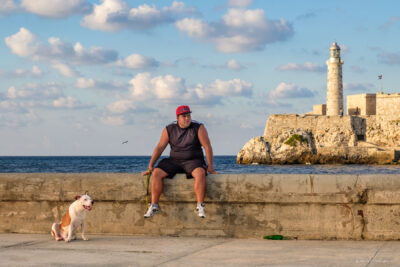
What are some of the specific groups you’re looking forward to working with, or organizations you’ll be supporting via this trip?
I’m really excited to be working with some of my Cuban photographer friends! We’ll be working with Dalene Rodriguez Moreno, who’s really shot up in the fine art photography world so that she’s recently been offered shows outside of Cuba. We’ll also be working with my friend Adrian Garrido, a very talented local street photographer who sells his prints in a new gallery on the plaza. My groups have purchased prints from him before, and we offer him an honorarium; I’m trying to increase his income that way by spreading the word that he’s a really fantastic person to work with. When he goes out and works with my students, he gets a lot of joy from that opportunity to teach (which is not something he does normally).
In general, I’m very much looking forward to turning my travelers on to Cuba—this place that’s just fantastically unique in the world. We’ll interface with the ballet school. We’ll go to an organic farm that’s en route to Viñales, as well as a tobacco processing plant. Miguel Coyula in Havana is amazing; he helps my group get grounded into what Cuba is on an architectural and arts level. We’ll visit a vintage car repair garage where people can see work being done on old American vehicles. Finally, we’re doing some experiments this time: It’ll be our first-ever cooking class, and I hired a birder/ bird photographer/bird illustrator who is very well known to guide us in Viñales. We’re giving people a little bit rounder of an experience of being in Cuba than I have in the past. So I’m very excited by that.
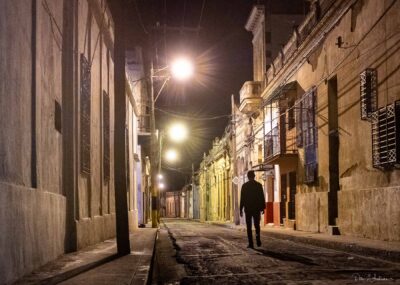

Earlier, you mentioned taking and giving in relation to travel photography. Can you share more of your philosophy of exchange?
You have to be aware that when you travel, you’re usually taking more than you’re giving. One of the ways that I like to compensate for that exchange with the folks we’re photographing is to have my guests bring copies of their photographs from their previous travels—even if it’s something non-Cuban—as a little gift just to say, here’s something for your home. Here’s an 8×10 of one of my favorite places outside of Cuba. For my own gifts that I give, it’s always photos of places I’ve been in Cuba, or of individuals we’re going to meet that I’ve photographed before.
Another way we give is that each of my travelers brings items that Cubans need, and we distribute them in two ways. Some of the items we give to people we meet on the street, but the bulk of what we bring—especially medical and health supplies— goes through two local organizations to then be distributed to those in need. This year our partner organizations will be Casa de los Abuelos, which serves elders, and ACLIFIM (Asociación Cubana de Limitados Físico-Motores) which serves people with physical-motor disabilities.
We also have to be conscious that we have an effect on communities that we go into. And we have to be ethical in how we interpret their lifestyle. Let’s really try to interpret modern Cuba with a sensitivity to what Cubans are facing—especially as we return to travel in the wake of the pandemic. It’s not just a “cars and cigars tour”—though of course we experience all the classic Cuban aesthetics as well. That said, we focus our lenses on everything that attracts our eyes and heart. We are busy in the streets capturing gestures, action, and portraits. We interpret Cuba as we see it and we tell our story of being in Cuba.
Offer your attention when you photograph. Photography is a funny thing because when you put a camera to your face, you’re basically putting something between yourself and the other person. My technique and teaching are about reopening that connection during the photographic process. Be present. Be direct. Make eye contact. No paparazzi-style photographing. It’s a direct interchange, versus just “people in the frame.”
Each time I return to Cuba, I try to find the people I’ve photographed prior. There’s something that happens when you give a person a photograph that you made months, maybe even a year or two, after you made the connection. There’s a reconnection that changes them for a moment, or maybe longer, and I’ve had that happen several times. Making that kind of meaningful connection is important to me when I’m not making candid street scenes on the go.
Through photography, and all we do, we have a ton of fun and learn more about who we are. One of my main goals is to leave the impression with the people we visit that we care about Cuba and Cubans. We’re not just there to make photographs of them. I really know that the best way to be a photographer visiting Cuba is to know that you are helping people feel seen, not just photographed.
It’s not just making photographs, it’s making connections.
To view David Julian’s website: https://davidjulian.com/
To learn more about David’s current journey, click here.
All photos in this interview courtesy of David Julian. All rights reserved.

